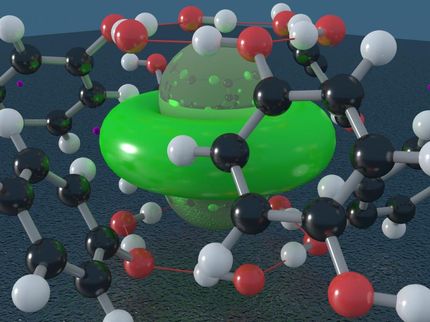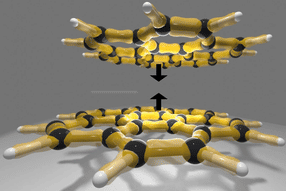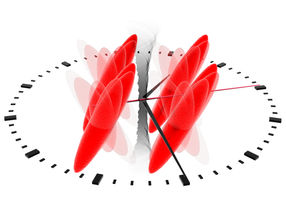Scientists demonstrate the wavelike nature of van der Waals Forces
Advertisement
Like the gravitational forces that are responsible for the attraction between the Earth and the moon as well as the dynamics of the entire solar system, there exist attractive forces between objects at the nanoscale. These are the so-called van der Waals forces, which are ubiquitous in nature and thought to play a crucial role in determining the structure, stability and function of a wide variety of molecules and materials.
A group of researchers, led by Alexandre Tkatchenko, Professor at the University of Luxembourg, demonstrated that the true nature of these forces differs from conventional wisdom in chemistry and biology. The scientists showed that these interactions have to be treated as coupling between waves rather than as mutual attraction between particles. "In the simplest case, you can think of two chains of atoms and you could identify points in these chains that are attracted to each other. Typically, you would compute the van der Waals energy by just summing up all these pairs," explains Alexandre Tkatchenko, Professor of Condensed-Matter Physics at the Faculty of Science, Technology and Communication (FSTC) of the University of Luxembourg. "However, we demonstrated that at realistic distances between nanoscale materials this is not true, and instead of particles you have to view them as waves. This drastically affects the way we think about these omnipresent interactions."
The research is likely to have an important impact on material science. Over the last two decades, scientists managed to change the properties of existing materials by incorporating nanomaterials, for example they enhanced stress response or achieved high conductivity of polymer composites. "In order to understand all the properties of such nanocomposites you have to comprehend how they self-assemble at the nanoscale. The assembly of these materials is mainly driven by van der Waals interactions," Prof Tkatchenko adds. As van der Waals forces are critical for many industrial applications, such as the manufacture of nanocomposites, this work could have a great impact on the refinement of processing techniques in that area.
Original publication
Other news from the department science

Get the chemical industry in your inbox
By submitting this form you agree that LUMITOS AG will send you the newsletter(s) selected above by email. Your data will not be passed on to third parties. Your data will be stored and processed in accordance with our data protection regulations. LUMITOS may contact you by email for the purpose of advertising or market and opinion surveys. You can revoke your consent at any time without giving reasons to LUMITOS AG, Ernst-Augustin-Str. 2, 12489 Berlin, Germany or by e-mail at revoke@lumitos.com with effect for the future. In addition, each email contains a link to unsubscribe from the corresponding newsletter.































































